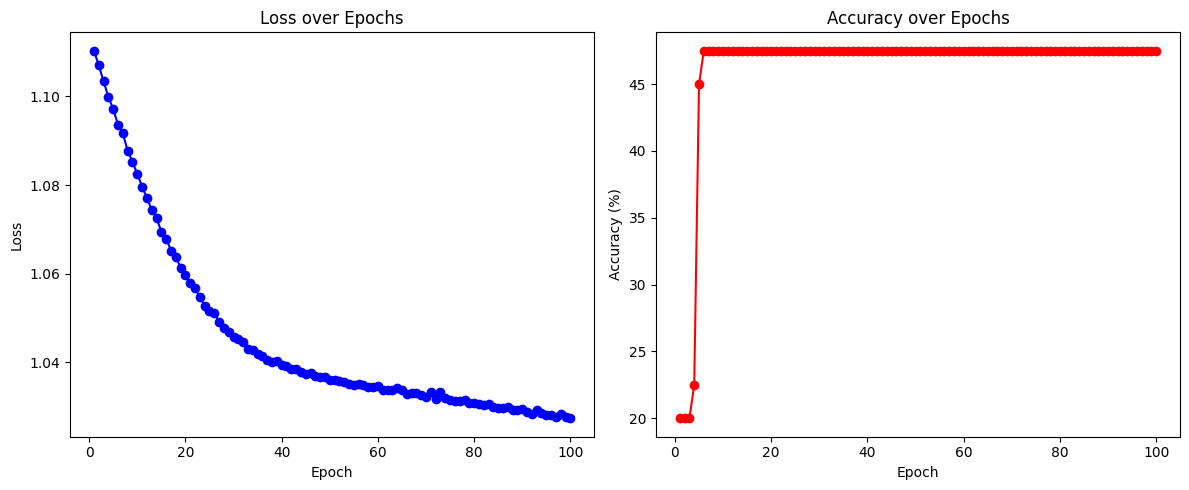Category: Parkinson's Disease: Neuroimaging
Objective: Compare the performance of two deep learning models trained on quantitative diffusion measurements from brain network ROIs in the prediction of gait dysfunction in Parkinson’s Disease.
Background: Diffusion tensor imaging (DTI) is a post-processing neuroimaging modality derived from Diffusion weighted imaging which has been shown to detect early stages of white matter pathology and has been investigated as an early diagnostic biomarker marker for PD. Machine learning methods are well suited for analyzing DTI datasets which may have a high number of quantitative measures corresponding to various brain regions of interest (ROIs).
Method: This study includes 57 patients with PD clinically evaluated for gait dysfunction (gait disturbance, freezing of gait). Quantitative measures (fractional anisotropy) at 41 brain ROIs corresponding to previously established brain networks were obtained from DTI pre-processing. Deep learning (DL) models included a 5 multi-layer perceptron (MLP) and 1-dimension convolutional neural network (1D-CNN). DL model performance was evaluated using train, validation, and test set accuracy (%).
Results: DL models were trained for 100 epochs with a learning rate of 0.001 in which the MLP achieved a higher average train and comparable best validation accuracy compared to the 1D-CNN model (91.50% vs 67.5% train).
Conclusion: We demonstrate the ability of DL models to classify gait dysfunction (no disturbance, gait disturbance, freezing of gait) in PD using fractional anisotropy quantitative measures derived from DTI imaging using brain network ROIs. Further validation of deep learning models on additional test sets will provide additional insight into the relationship between brain networks and motor dysfunction in PD.
MLP train loss and accuracy (%) across 100 epochs.
To cite this abstract in AMA style:
C. Raimondo, L. Singanamala, M. Alizadeh. Deep learning-based Prediction of Gait Dysfunction in Parkinson’s Disease using Quantitative Diffusion MRI from Brain Network Regions of Interest [abstract]. Mov Disord. 2024; 39 (suppl 1). https://www.mdsabstracts.org/abstract/deep-learning-based-prediction-of-gait-dysfunction-in-parkinsons-disease-using-quantitative-diffusion-mri-from-brain-network-regions-of-interest/. Accessed December 19, 2025.« Back to 2024 International Congress
MDS Abstracts - https://www.mdsabstracts.org/abstract/deep-learning-based-prediction-of-gait-dysfunction-in-parkinsons-disease-using-quantitative-diffusion-mri-from-brain-network-regions-of-interest/

